Explore the Best AI Image Gallery
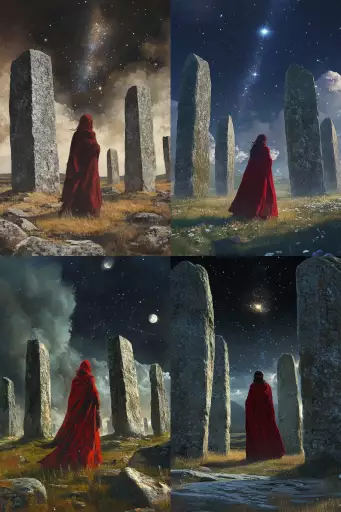
The AI Art Revolution: Transforming Graphic Design
The realm of graphic design is undergoing a seismic shift, driven by the burgeoning capabilities of artificial intelligence (AI). From generating stunning visuals to automating tedious tasks, AI tools are reshaping the creative landscape, offering both exciting opportunities and complex ethical considerations. This blog post delves into the transformative impact of AI on graphic design, exploring its diverse applications, potential benefits, and the crucial ethical questions surrounding its use.
Unleashing Creative Potential with AI
AI-powered tools are empowering designers with unprecedented creative possibilities:
- Image Generation: Algorithms like DALL-E 2 and Midjourney can conjure captivating images from textual descriptions, enabling designers to visualize concepts quickly and explore unconventional ideas.
- Design Automation: Repetitive design tasks, such as creating logos or social media graphics, can be streamlined using AI. This frees up designers to focus on higher-level creative endeavors.
- Personalized Designs: AI algorithms can analyze user preferences and generate personalized designs tailored to individual tastes, enhancing customer engagement and satisfaction.
The Evolving Role of the Designer
While AI tools are revolutionizing graphic design, they are not replacing human designers. Instead, AI is augmenting their capabilities, allowing them to:
- Work More Efficiently: Automating routine tasks enables designers to dedicate more time to conceptualization and ideation.
- Explore New Creative Frontiers: AI tools provide a playground for experimentation, inspiring designers to push boundaries and explore innovative concepts.
- Collaborate with AI: Designers can leverage AI as a creative partner, bouncing ideas off the algorithm and refining designs iteratively.
Navigating Ethical Considerations
The rise of AI in graphic design raises important ethical considerations:
- Copyright and Ownership: Questions arise regarding the ownership of AI-generated artwork. Who holds the copyright: the user who provides the prompt, the developer of the AI tool, or the AI itself?
- Bias and Representation: AI algorithms are trained on vast datasets, which may contain biases that perpetuate harmful stereotypes. It is crucial to ensure that AI-generated designs are inclusive and representative.
- Transparency and Accountability: The decision-making processes of AI algorithms can be opaque. It is important to strive for transparency in how AI tools are used and to establish clear lines of accountability.
The Future of AI in Graphic Design
AIs influence on graphic design is only set to grow. We can anticipate:
- More Sophisticated AI Tools: Algorithms will become increasingly adept at understanding complex creative briefs and generating highly customized designs.
- Seamless Human-AI Collaboration: Designers and AI will work in tandem, leveraging each others strengths to create innovative solutions.
- New Design Paradigms: AI will inspire the emergence of entirely new design styles and approaches, pushing the boundaries of creativity.
Conclusion
The integration of AI into graphic design is a transformative journey. By embracing its potential while navigating the ethical challenges responsibly, we can unlock a future where AI empowers designers to create groundbreaking visual experiences that captivate and inspire.

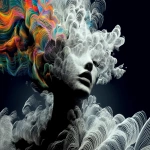
](https://images.ai-img.art/thumbnails/150/685ae68cfab93a7e59a71206867b060c45bd6fd3cd561c4fe60fca514b09c5f8.webp)



](https://images.ai-img.art/thumbnails/150/847809c77ca9a73b68bc190e6efb06fec87157685a243730d5a66a403b0e6e10.webp)



](https://images.ai-img.art/thumbnails/150/a3ed6513a6661aa3ee46e0c2924d1e8888854e91d8908de39db5590dc41f8d8f.webp)



](https://images.ai-img.art/thumbnails/150/ff09e32d2be011c0dd785984c5c1e47839ce551a31da1bde242860b30df2aa30.webp)


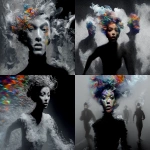
](https://images.ai-img.art/thumbnails/150/7cf5a08238f29c821f52bb4f63db48af0b7f633ff3b9f7253074d78ced9ff6f6.webp)


](https://images.ai-img.art/thumbnails/150/0ba0be922ab76af53f75ab90126ae2b18a600ee3b96941e8ab897a9f10594e5a.webp)







](https://images.ai-img.art/thumbnails/150/bd056a4718c27444e064198762f8dc8ffa1f74f1afd7dcda8d5cb8b142797d6e.webp)











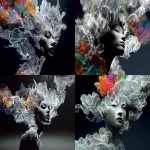
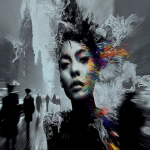




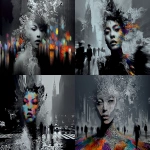
](https://images.ai-img.art/thumbnails/150/2ebdeb4f7db35100e5be5de9bc3e533a40d14e5feedefd7ffc586524a0f3ba8c.webp)
